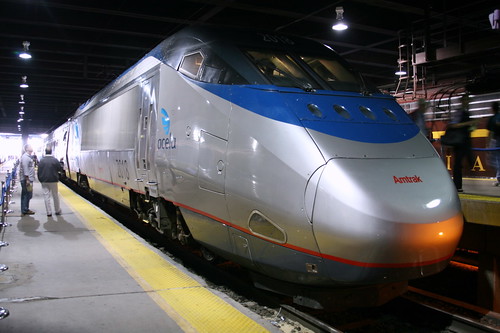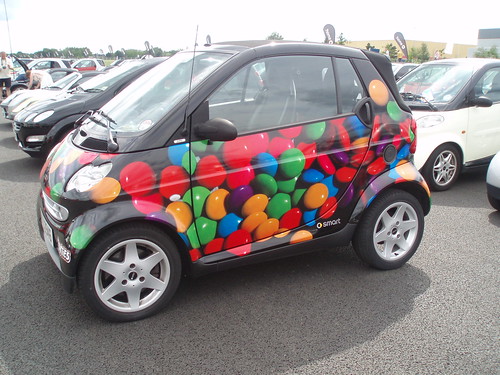AutoCar India reviews Tata Nano – The verdict: “amazingly good”
(Source: Autocar via Autoblog/Jalopnik)
Autocar’s review: Riding on small 12inch wheels and tubeless tyres, the Nano rides surprisingly well. Most bumps are rounded nicely, but as the speeds climb the ride can get a little choppy. The steering has a little vagueness around the centre position, dial in more lock; it feels direct and provides good feedback as well. Grip levels are decent but are limited by the narrow tyres. Straightline stability is also commendable.
Here is the verdict:
So is it a proper car? Yes, it definitely is. It offers better space than even a Santro at the front, while backseat space is quite decent. Comfort levels are good and it will come with an efficient engine as well. It isn’t perfect; owners will want more power and a 5-speed gearbox. But Tata has achieved what it had set out to do – Affordable motoring for the masses.
Our good friends at Jalopnik say this after watching the review from Autocar: The reviewers seem amazed the car is able to drive down the road and not feel like it’s going to roll over at any moment. Sort of like Sarah Palin in Vice Presidential debates, if you set the bar so low you’re only expecting to see a human being able to put a three-word sentence together, you can’t not clear it. Thus, the reviews are filled with notes galore on the tiny wheels, flat seats, and comparisons to the Model T.








